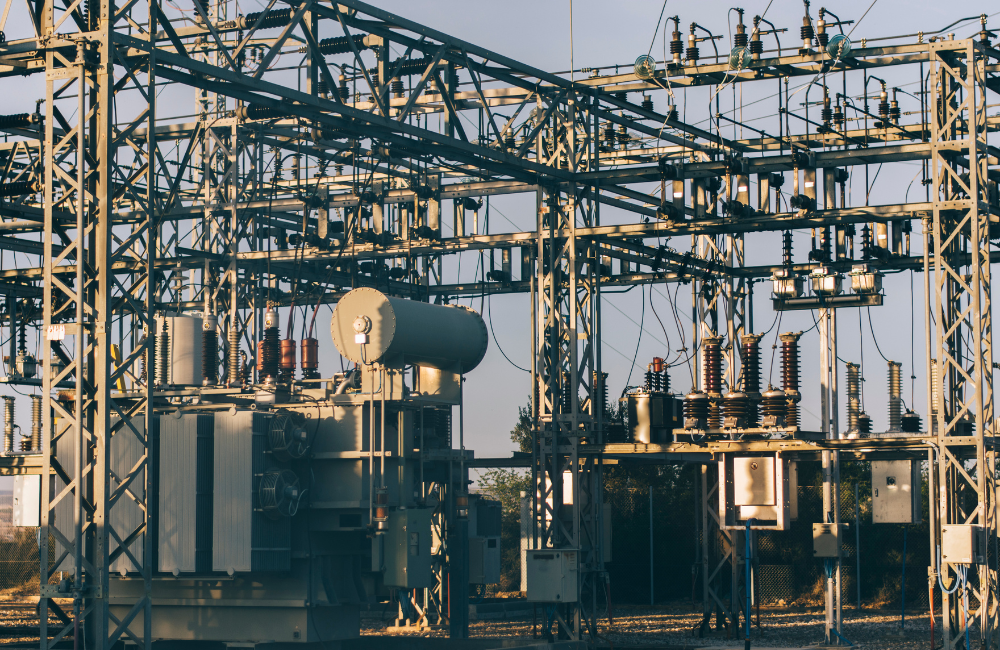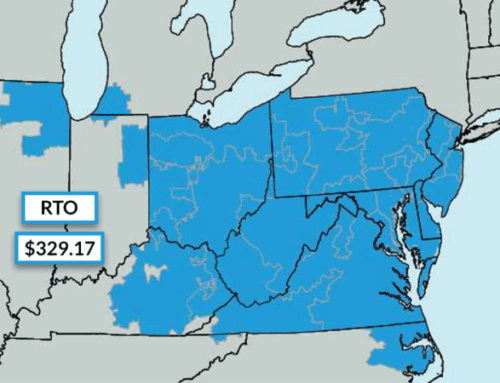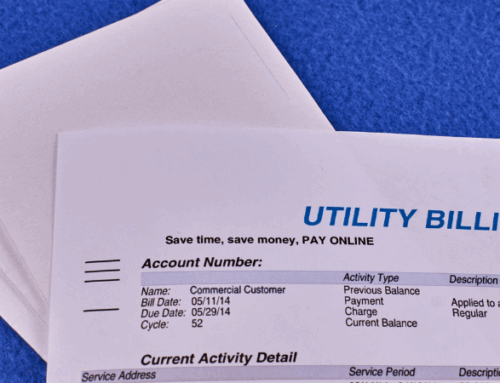The electricity supply industry has revolutionized the way we live, work, and connect with the world. What began as a series of groundbreaking experiments and innovations has transformed into an essential utility that powers modern society. This article explores the evolution of the electricity industry from its inception to its current state, highlighting key developments, energy deregulation, innovations, and future energy transition prospects.
Electricity Industry Timeline
First, we will explore some of the early discoveries and innovations that shaped what would become the modern electric market. These events took place in the 1800s time period:
1800s
Early experiments with electricity began, with notable figures like Michael Faraday and Thomas Edison making significant contributions. Faraday’s work on electromagnetism laid the foundation for electric power generation, and Edison’s work made electric lighting practical and widespread.
1878
Sir Joseph Swan in the UK and Thomas Edison in the U.S. independently created the incandescent light bulb, marking a significant milestone in electric lighting.
1881
The opening of the Godalming power station in the UK and the Pearl Street Station in the U.S. signaled the start of centralized power generation.
1882
The first electric transmission lines were developed in Germany, allowing electricity to be transmitted over long distances.
Next, let’s review the expansion of the retail and wholesale energy markets and the movement toward standardization.
1900s
The early 20th century saw a rapid expansion of electricity networks and grids. In the U.S., the first state regulations of utilities were introduced to manage competition and ensure reliability.
1926
The UK’s Electricity (Supply) Act led to the creation of the General Electricity Board and the development of the National Grid, standardizing electricity supply across the country.
1940s-1950s
Post-World War II, many countries nationalized their electricity industries to ensure widespread and equitable access to electricity.
And finally, we move into the modern era exploring electricity deregulation and privatization of the power markets.
1980s
The trend towards deregulation began, with the goal of reducing costs and fostering innovation through competition. The UK led the way with the privatization of its electricity supply industry.
1990s-2000s:
Deregulation spread to other countries, including the U.S., where states like California and Texas began to first restructure their electricity markets to introduce competition.
The Era Of Energy Deregulation
Deregulation refers to the process of removing government controls and opening up the electricity supply industry to competition. This shift aimed to enhance efficiency, lower prices, and encourage innovation. In deregulated energy markets, consumers can choose their electricity providers, leading to a more competitive and customer-focused industry. However, the history of energy deregulation also brought challenges such as price volatility and the need for robust regulatory frameworks to protect consumers. Today, energy policy and regulations shape the deregulated energy markets.
Innovations And Latest Advancements
The electricity supply industry has seen numerous technological advancements. Today, renewable energy and the push for net zero and carbon-neutral strategies are driving the industry. Let’s explore some of the latest energy technologies:
- Smart Grids: Integration of digital technology with power grids to improve efficiency and reliability. This includes technology such as artificial intelligence, IoT, and smart meters.
- Renewable Energy: Growth in wind, solar energy, and hydroelectric power generation as part of the global push towards sustainable energy transition. Today, great financial incentives and energy subsidies are surrounding renewable energy projects.
- Energy Storage: Advances in battery technology, enabling better storage and management of electricity from renewable sources. Energy storage is playing a role in both renewable energy and energy efficiency programs, such as demand response.
Energy Transition, Renewable Energy, and Sustainability
The global energy transition focuses on shifting from fossil fuels to renewable energy sources to combat climate change. This transition is shaping the electricity generation source makeup as well as energy policy and regulation throughout the world. Here are some of the more prominent energy transition movements:
- Increasing Renewable Energy Capacity: Investments in wind, solar, and hydroelectric power are drastically increasing.
- Improving Energy Efficiency: Developing technologies are becoming more prevalent to reduce energy consumption in homes and industries. Some of these include smart thermostats, efficient HVAC motors, and building energy management systems.
- Promoting Sustainability: New practices encourage reducing carbon emissions and supporting environmental conservation. There are many energy subsidies and incentives from the federal government level driving these initiatives.
Electricity Industry Challenges
Despite significant technological advancements, the electricity supply industry faces several challenges:
- Grid Modernization: Updating aging infrastructure to handle new energy demands and technologies is a growing challenge. Electrical transmission lines are old and expensive to reinforce. Furthermore, our central electric grid puts lots of stress on market operators and creates vulnerabilities in energy security.
- Energy Storage Materials: Developing efficient storage solutions to manage intermittent renewable energy sources proves to be difficult due to the raw materials needed for batteries. These materials are often found in conflict zones, such as the Democratic Republic of Congo, and are expensive to mine.
- Regulatory And Policy Issues: Navigating complex regulatory environments and ensuring fair competition is an ongoing problem for governments and local regulators. As new technologies appear, it is important to have a regulatory framework to allow them to participate in the market. Today, regulators are struggling to write policy to allow distributed energy resource aggregators access to wholesale markets, as ordered by FERC Order 2222.
Forecast For The Future
The future of the electricity supply industry is bright, with continued advancements in technology and a strong focus on sustainability. As the world moves towards a greener energy landscape, the industry will play a pivotal role in ensuring reliable, efficient, and sustainable electricity for all. Looking ahead, the electricity supply industry is expected to continue evolving in many ways:
- Increased Renewable Energy Integration: More investments in renewable energy projects are on the horizon, as well as government-backed financial incentives and investments.
- Advances In Technology: Ongoing innovations in smart grids, energy storage, and electric vehicles continue to develop and shape the modern electricity landscape.
- Distributed Energy: Enhanced ways to power communities and businesses are being developed. Distributed energy resources are an innovative way to secure electricity supply and rely less on fossil fuels.
Ready To Explore The Electricity Markets?
The electricity supply industry has come a long way since its early days. From the pioneering efforts of Faraday and Edison to the modern, deregulated markets, the industry has continuously evolved to meet the needs of society. If you are looking to explore more information about the electricity markets to better serve your business or to reduce energy costs, we can help. Our team of electricity experts has decades of experience advising customers on their electricity needs. Contact us today to learn more!



